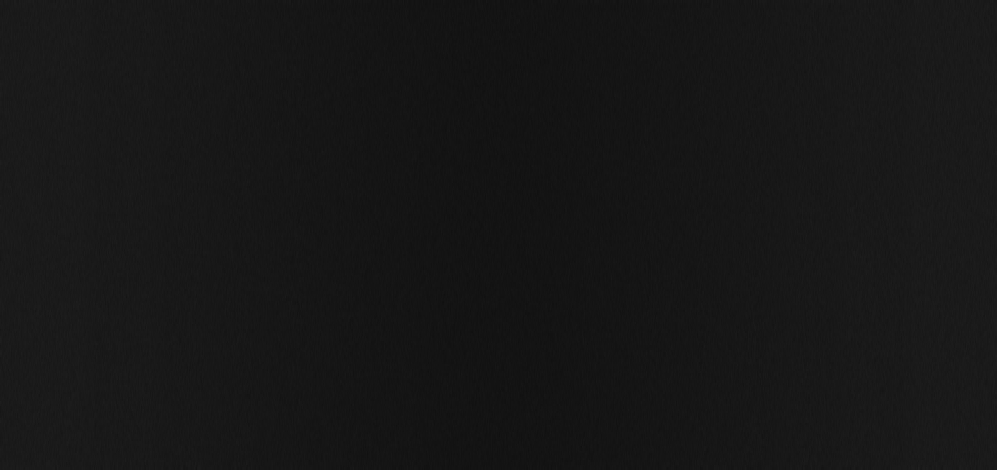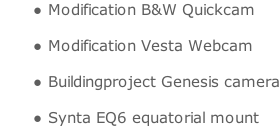



Copyright © All rights reserved. Made By Erik Bryssinck Terms of use | Privacy policy














|
Observation date |
image |
Photometry (FOCAS) |
astrometry |
Observatory |
|
|
X |
|
X |
|
B96 (BRIXIIS) |
|
|
X |
|
X |
|
B96 (BRIXIIS) |
|
|
X |
|
X |
|
B96 (BRIXIIS) |
|
|
X |
|
X |
|
B96 (BRIXIIS) |
|
|
X |
|
X |
|
B96 (BRIXIIS) |
|
|
X |
X |
|
X |
B96 (BRIXIIS) |
|
|
X |
X |
|
X |
B96 (BRIXIIS) |
|
|
X |
X |
|
X |
B96 (BRIXIIS) |
|
|
X |
X |
|
X |
B96 (BRIXIIS) |
|
|
20150309 |
|
X |
|
X |
B96 (BRIXIIS) |
|
X |
X |
|
X |
B96 (BRIXIIS) |
|
|
X |
X |
X |
X |
B96 (BRIXIIS) |
|
|
X |
X |
X |
X |
B96 (BRIXIIS) |
|
|
X |
X |
X |
X |
B96 (BRIXIIS) |
|
|
X |
X |
X |
X |
B96 (BRIXIIS) |
|
|
X |
X |
X |
X |
B96 (BRIXIIS) |
|
|
X |
X |
X |
X |
B96 (BRIXIIS) |
|
|
X |
X |
X |
X |
B96 (BRIXIIS) |
|
|
20220303 |
X |
X |
X |
X |
B96 (BRIXIIS) |
|
X |
X |
X |
X |
B96 (BRIXIIS) |
|
|
X |
X |
X |
X |
B96 (BRIXIIS) |
|
|
X |
X |
X |
X |
B96 (BRIXIIS) |
|
|
X |
X |
X |
X |
B96 (BRIXIIS) |
|
|
X |
X |
X |
X |
B96 (BRIXIIS) |
Comet 4P/FAYE
Discovery:
Hervé Faye (Royal Observatory, Paris) discovered this comet on 1843 November 23.04, near Gamma Orionis. The comet exhibited a distinct nucleus, which emitted faint indications of a tail extending 4 arcmin away from the sun. Due to cloudy weather, Faye was not able to confirm his discovery until November 25.21. The comet was kept under observation until 1844 April 10 during the discovery apparition, or for more than 4 months. The comet had passed perihelion one month prior to discovery, but was discovered about a day before its closest passage by Earth (0.79 AU). This close approach allowed the comet to attain its greatest magnitude near the end of November, when O. Struve (Pulkovo) said it could be seen with the naked eye. On November 30, South (Kensington) estimated the tail length as 11 arcmin. The comet faded thereafter. By January 10 it was barely visible in a 3.6-